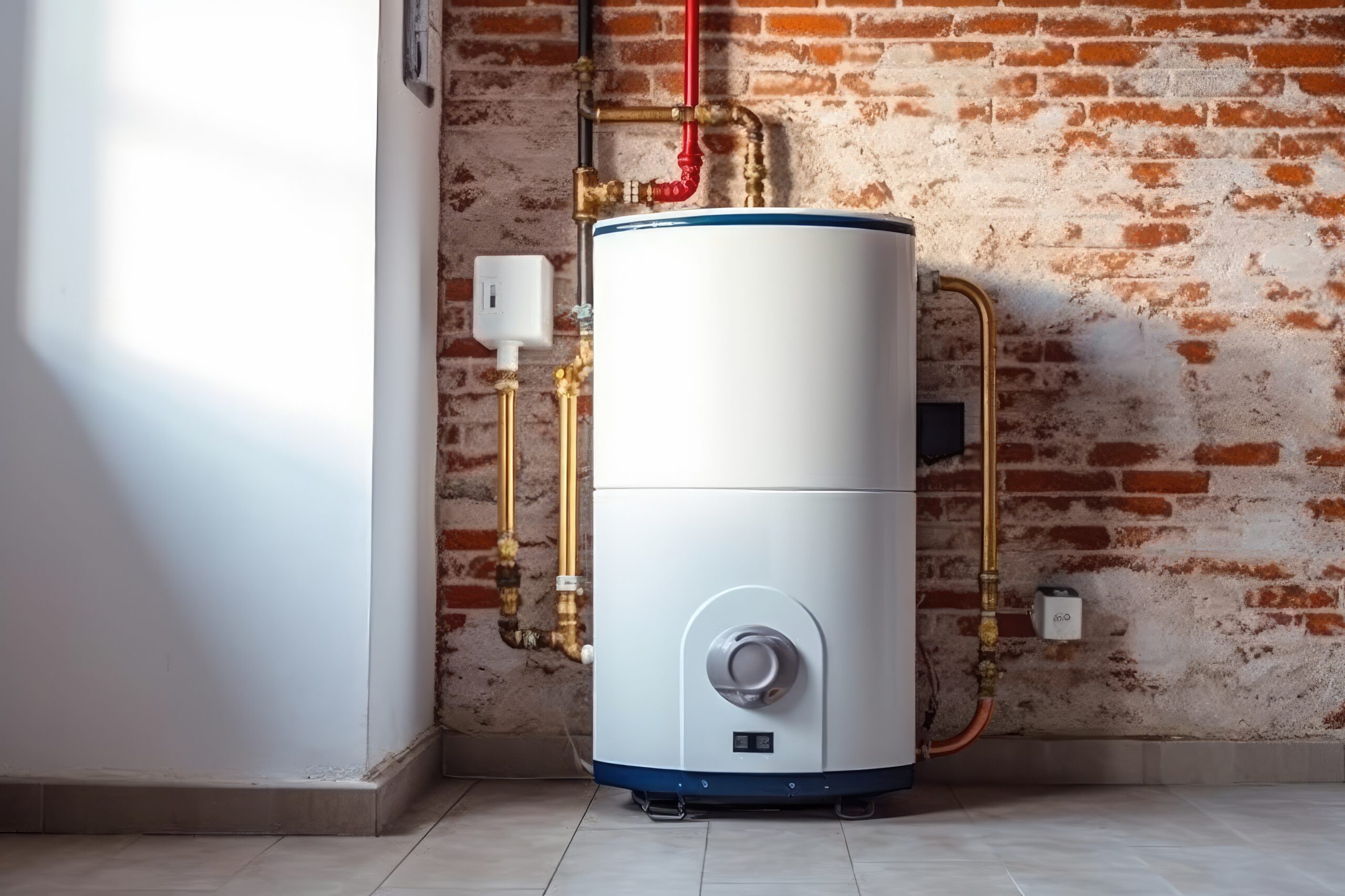DIY Water Heater Repair: Leaks or No Hot Water

A reliable supply of hot water is essential for daily activities, from showering and washing dishes to doing laundry. When your water heater malfunctions, it can disrupt your routine and cause inconvenience. Fortunately, many common water heater issues can be resolved with simple DIY repairs. In this article, we’ll discuss how to diagnose and address two common water heater problems: no hot water and leaks.
Diagnosing No Hot Water
1. Check the Power Supply: If your water heater is not producing hot water, the first step is to ensure that it is receiving power. Check the circuit breaker or fuse box to see if the breaker has tripped or the fuse has blown. Reset the breaker or replace the fuse if necessary.
2. Inspect the Pilot Light: For gas water heaters, check the pilot light to see if it is lit. If the pilot light is out, follow the manufacturer’s instructions to relight it. If the pilot light won’t stay lit or is flickering, it may indicate a problem with the thermocouple or gas valve, which may require professional repair.
3. Adjust the Thermostat: Verify that the thermostat on the water heater is set to the desired temperature. If the thermostat is set too low, the water may not reach the desired temperature. Adjust the thermostat to a higher setting and wait for the water to heat up.
4. Flush the Tank: Sediment buildup in the water heater tank can reduce its efficiency and affect water heating performance. Drain and flush the tank to remove sediment buildup, following the manufacturer’s instructions. Flushing the tank can improve water heater performance and restore hot water flow.
Addressing Leaks
1. Identify the Source of the Leak: Inspect the water heater to determine the source of the leak. Common areas where leaks may occur include the pressure relief valve, inlet and outlet connections, and the tank itself. Look for signs of water pooling or dripping around these areas.
2. Tighten Connections: If the leak is coming from a connection point, such as the inlet or outlet pipes, try tightening the connections with a wrench. Over time, connections may become loose and cause leaks. Be careful not to overtighten, as this can damage the fittings.
3. Replace Faulty Valves: If the pressure relief valve is leaking, it may need to be replaced. Turn off the power or gas supply to the water heater and drain some water from the tank to relieve pressure. Remove the old pressure relief valve and install a new one following the manufacturer’s instructions.
4. Patch or Replace the Tank: If the tank itself is leaking, it may indicate a serious problem that requires immediate attention. Depending on the extent of the damage, you may be able to patch small leaks with epoxy or plumbing tape temporarily. However, if the tank is severely corroded or damaged, it may need to be replaced.
Conclusion
While some water heater issues may require professional repair or replacement, many common problems can be resolved with DIY repairs. By following these steps to diagnose and address no hot water or leaks, you can restore your water heater’s functionality and avoid costly repairs or replacements. If you’re unsure about performing repairs or if the problem persists after DIY attempts, it’s best to contact a licensed plumber for professional assistance.
Regular maintenance and prompt repairs can help prolong the lifespan of your water heater and ensure a reliable supply of hot water for your household needs. However, all home appliances eventually break down due to normal wear and tear. If you’re moving to a new home, make sure to get a Choice Home Warranty policy at closing – residential water heaters are covered under all buyer plans!




